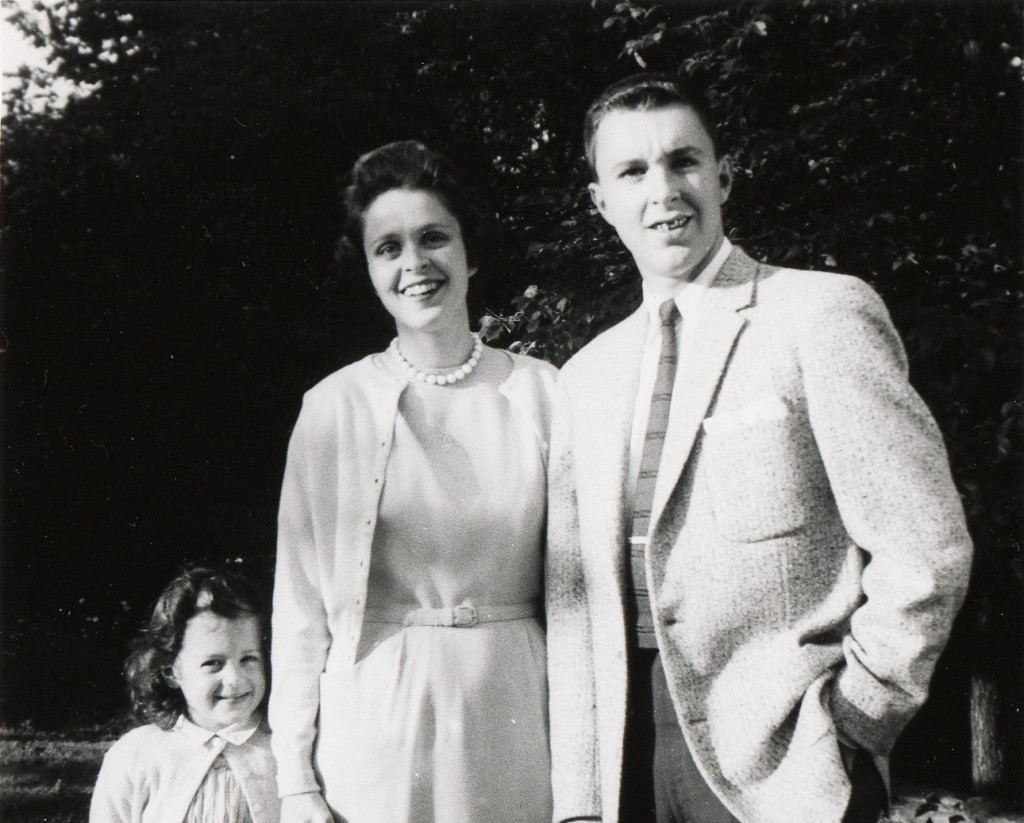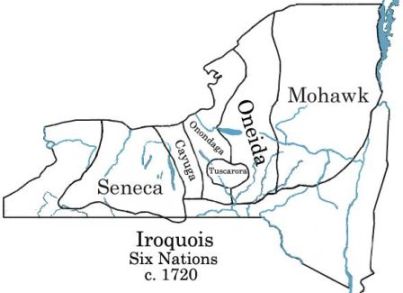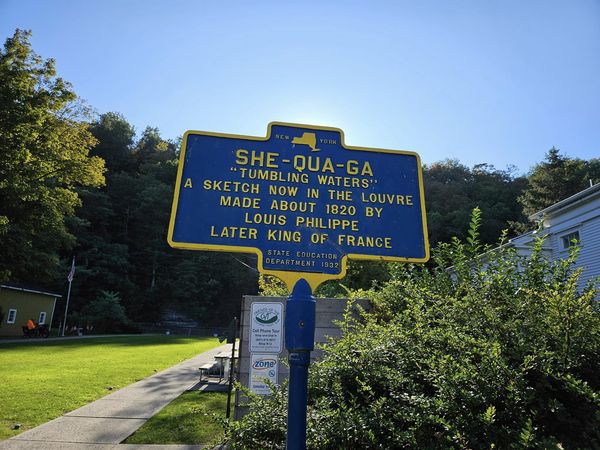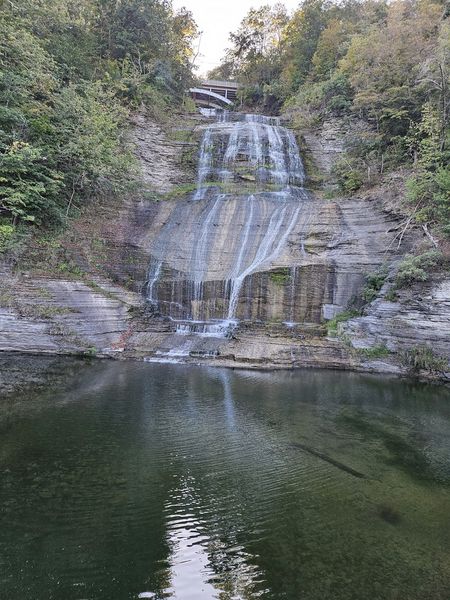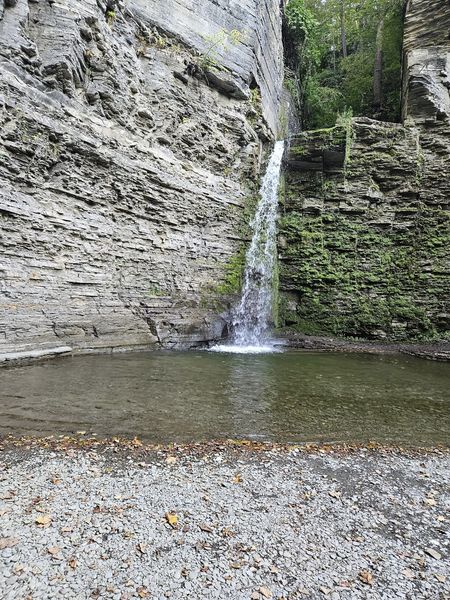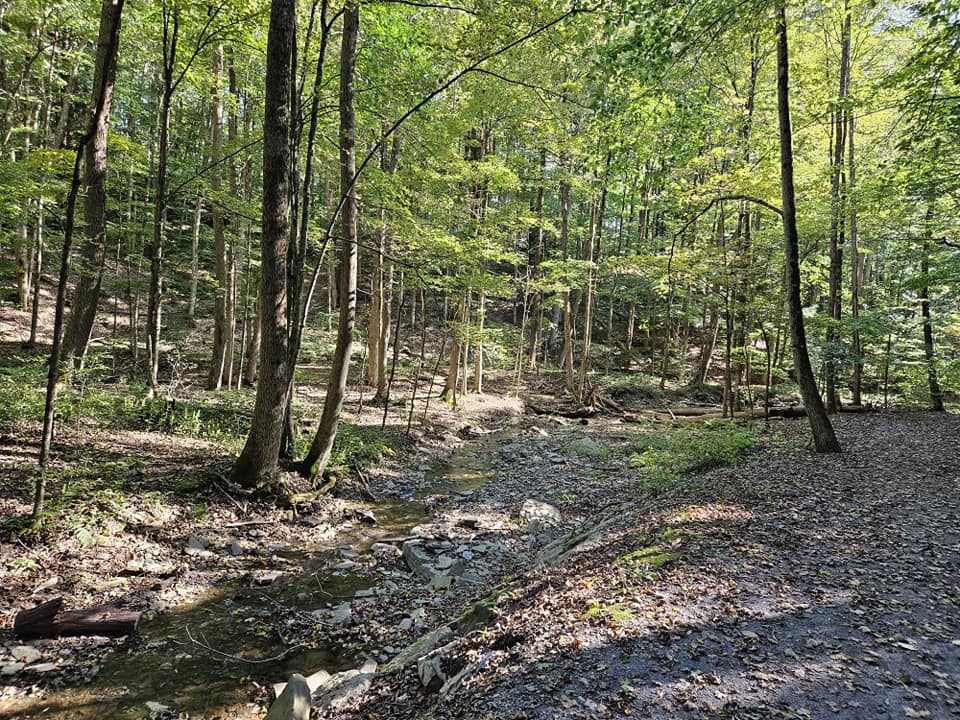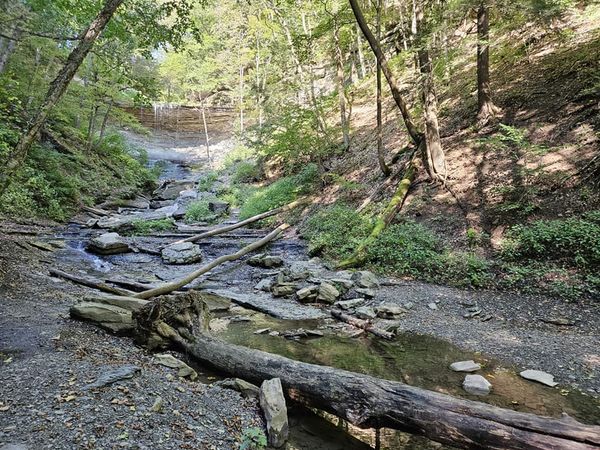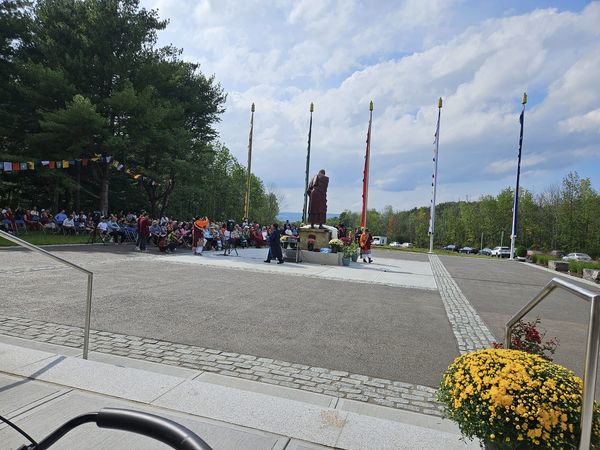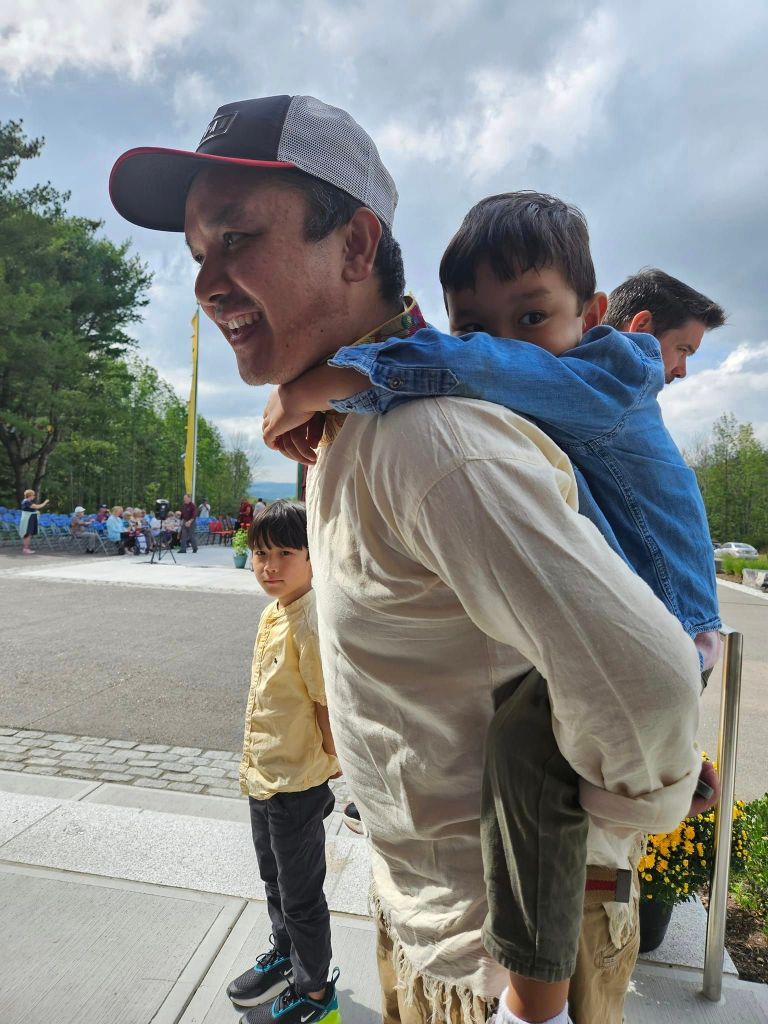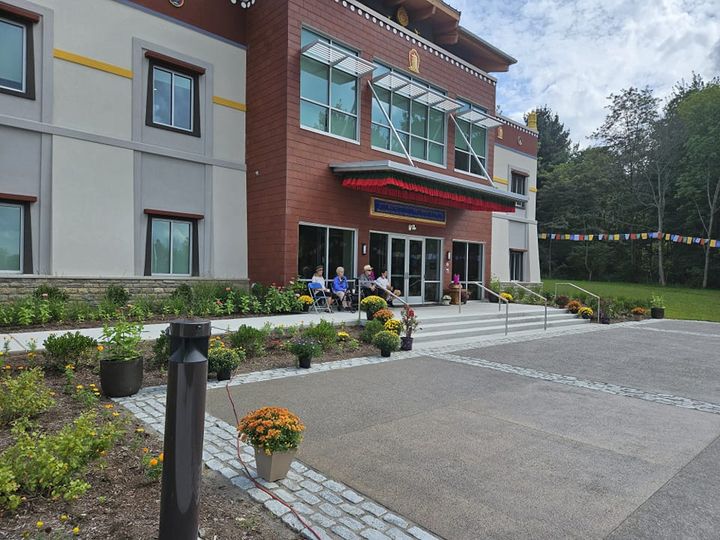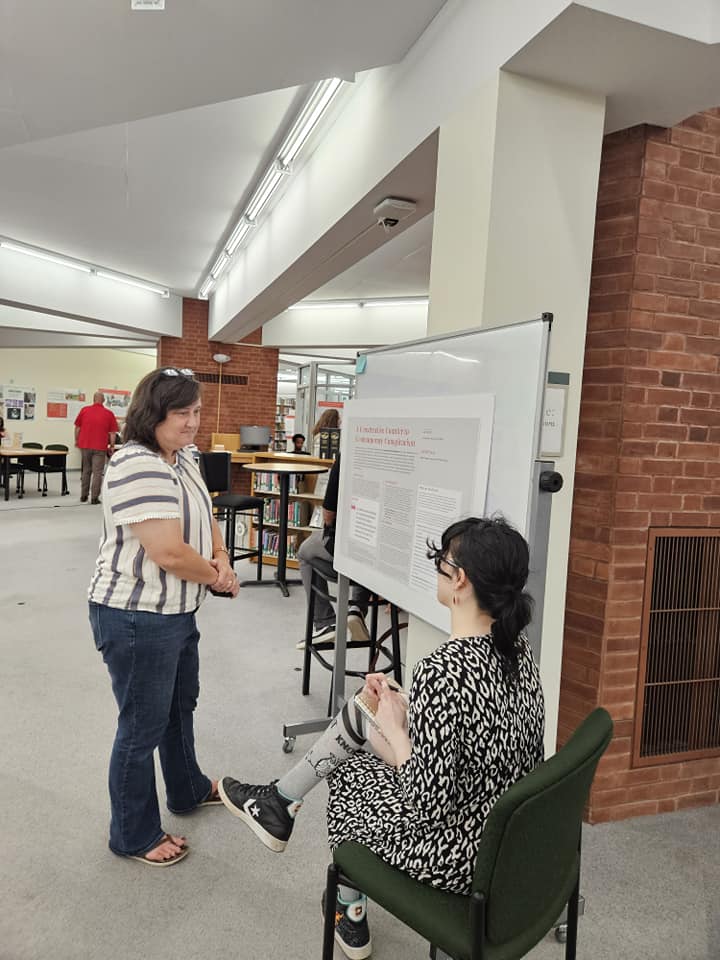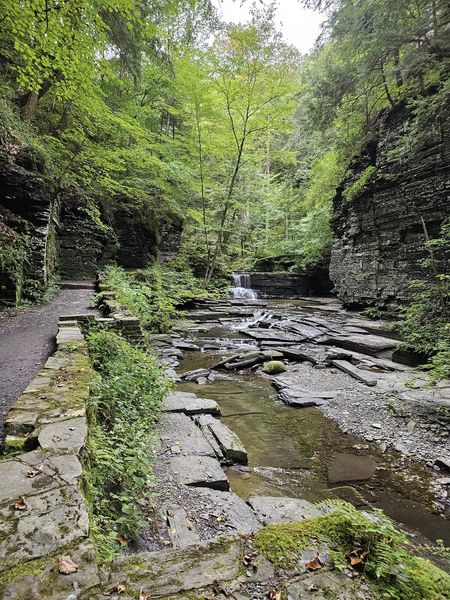Dear Family and Friends: I have decided to write a Leap Year letter, since I never got around to writing my yearly Christmas letter.

According to folklore, Leap Year Day is a day when a person should do something special, something you haven’t been able to get to yet, so get your thinking caps on, as they used to say to us in grade school.
Although I’m leaping into the future, my letter will mainly be about 2023. However, the most important recent event occurred within the Leap Year in January 2024: the birth of my great niece, Florence Lynne Carter. Her parents are my niece, Anna Mapes Carter, and her husband, Coleman Carter. Here are Florence and Anna:

I’ve known two Florences in my life: Florence Bonnell, my Grandfather Mapes’s girlfriend, who buried two husbands and wore two diamonds rings, which really fascinated me as a little girl, and Florence Oakly, a woman from my parent’s generation, who lived next to my Clark grandparents in Lakewood, Ohio. We’re headed back to the older names, folks, although I do happen to like this one. I will never call her Flo, because that is the name of a woman I detest from the Progressive Insurance commercials. Maybe Florie. Anna had a much easier time than she did with Jude, their adorable two-year old.
Trip to Monticello, New York twice, once on way back from Philadelphia:
In May, I made two trips, one where I solely visited Monticello and one where my main purpose was to see my friend, Denise, in Philadelphia.
During my first trip, I met up with my cousin, Brian Gager, who took me to lunch and showed me the Methodist church, where I saw my father’s first cousin, Nuni, get married the second time,
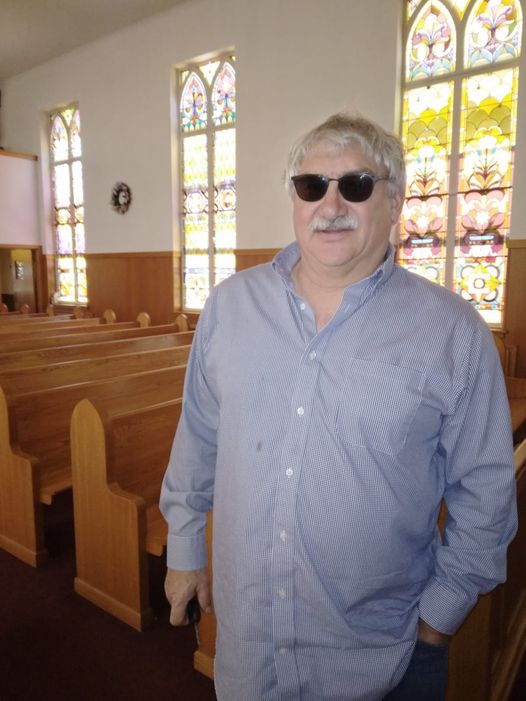
and the house where my Great-grandparents Scheuren lived, and where Brian and his wife have offices. Brian serves as a caretaker for the church.
I also visited part of the farm that the state took over in 1959, where the Mapes homestead had existed. The state road crew uses it now and there is a big pile of old road signs, proving you can’t go home again:
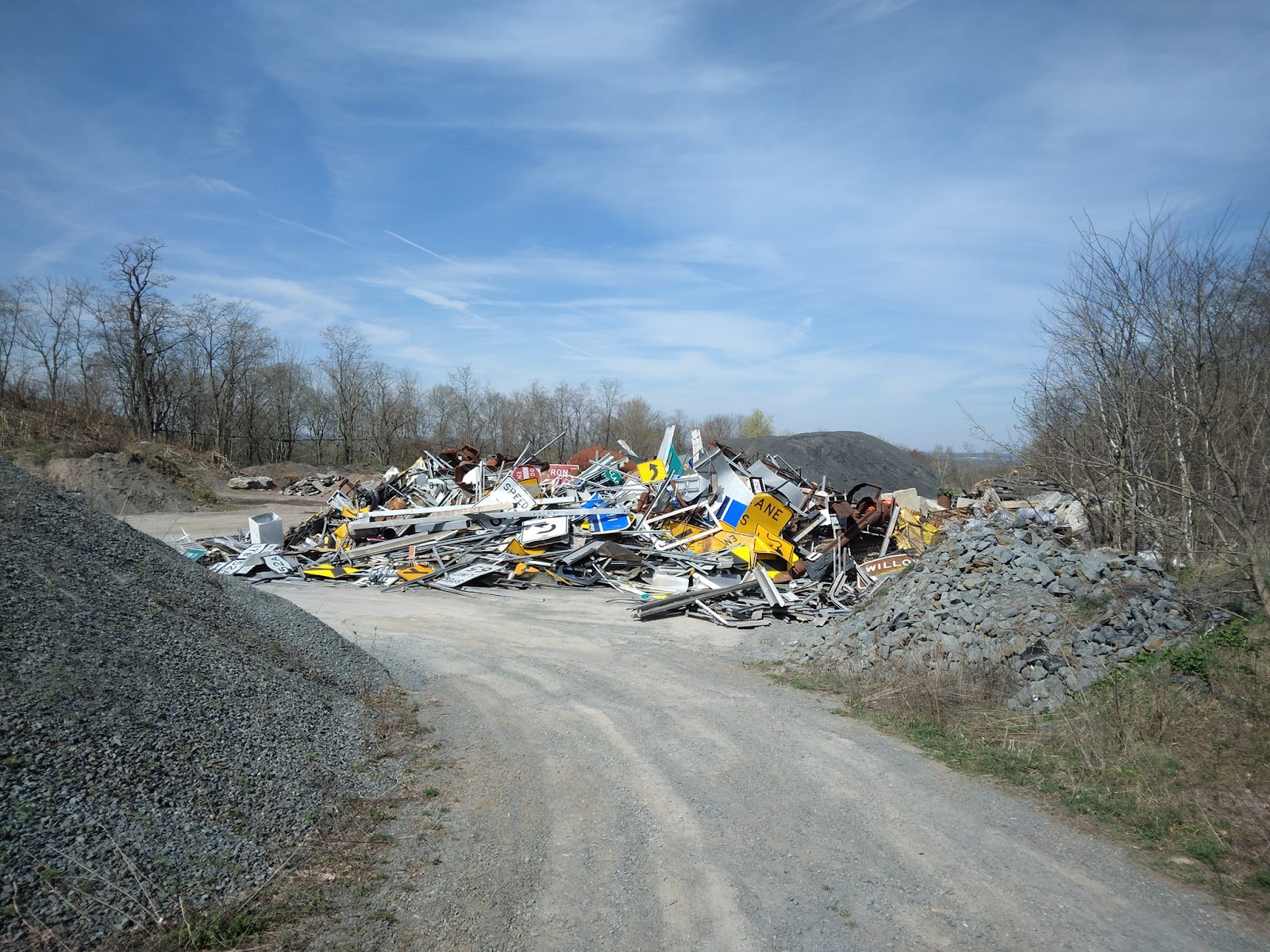
My second road trip was focussed on meeting up with my friend, Denise Haughian, in Philadelphia.
On the way down, I stopped in Scranton, Pennsylvania and visited the Lackawanna Coal Mine. The Scheurens were a mining family from Germany. Their tragedy was losing the paterfamilias, Michael, and son, Big Tom, who was at least 6’7” like my brother, to a mining accident. My trip down into the mine was claustrophobic and I kept wondering how Big Tom had maneuvered in such cramped spaces.
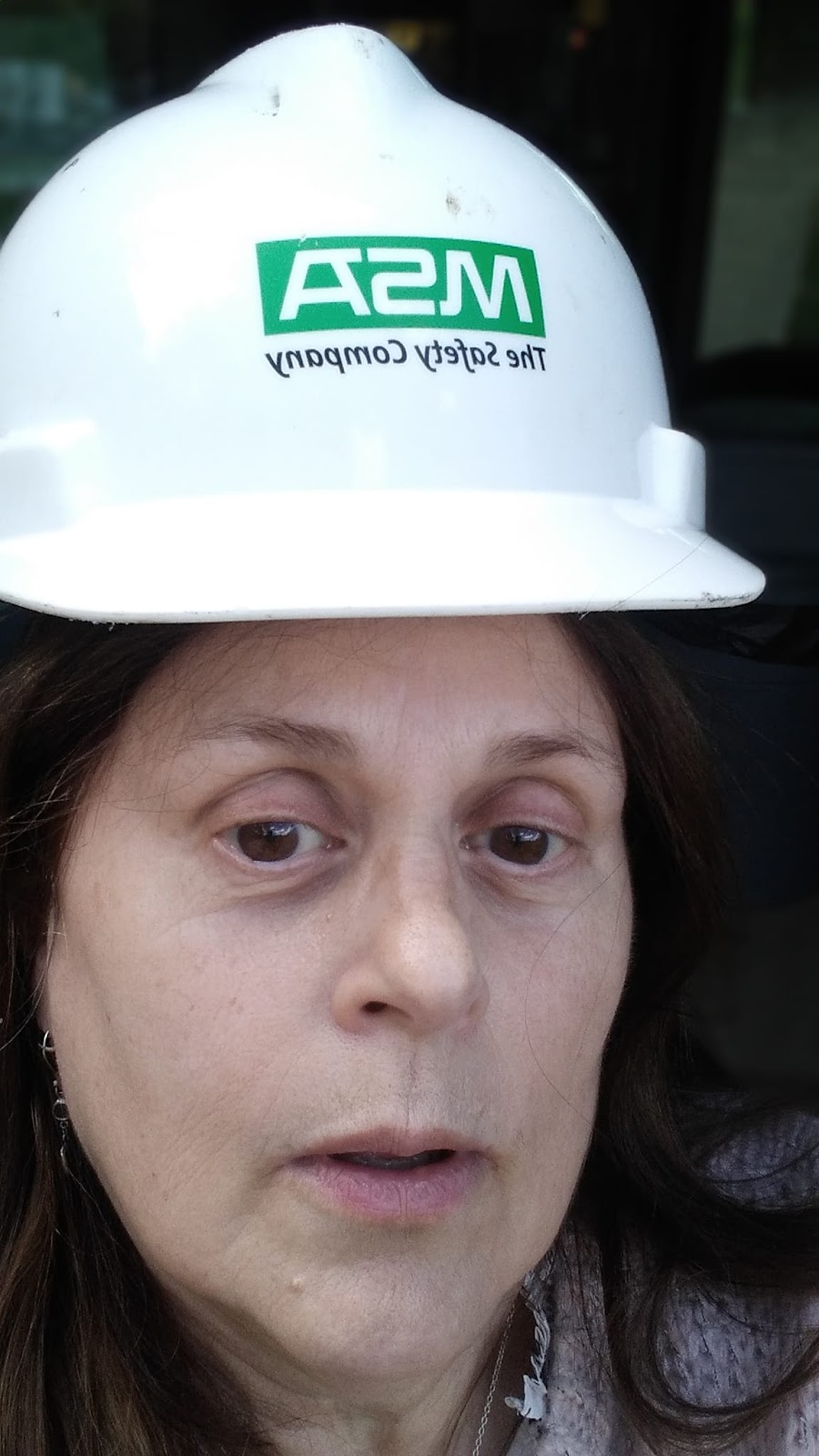
I love driving, but I had a terrible time getting down to Denise. In Pennsylvania, there are many right-hand exits, but few overpasses if you make a mistake.

Denise and Ben
My main memory of that day in Philadelphia was walking, walking, walking, great architecture, and Denise’s gift for the day: dinner at The Fork, one of the best meals I’ve had in a long time.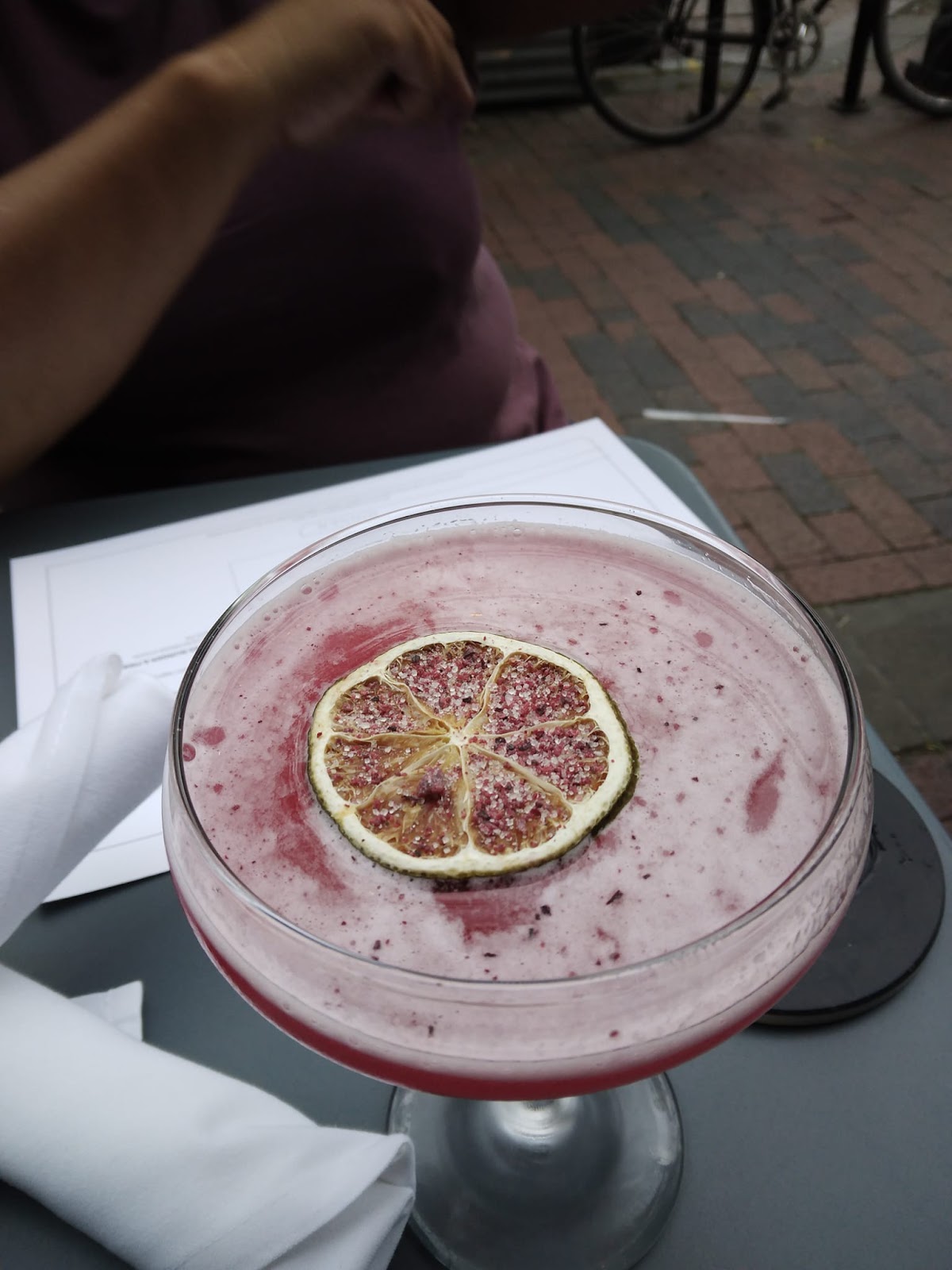
Raspberry Daiquiri
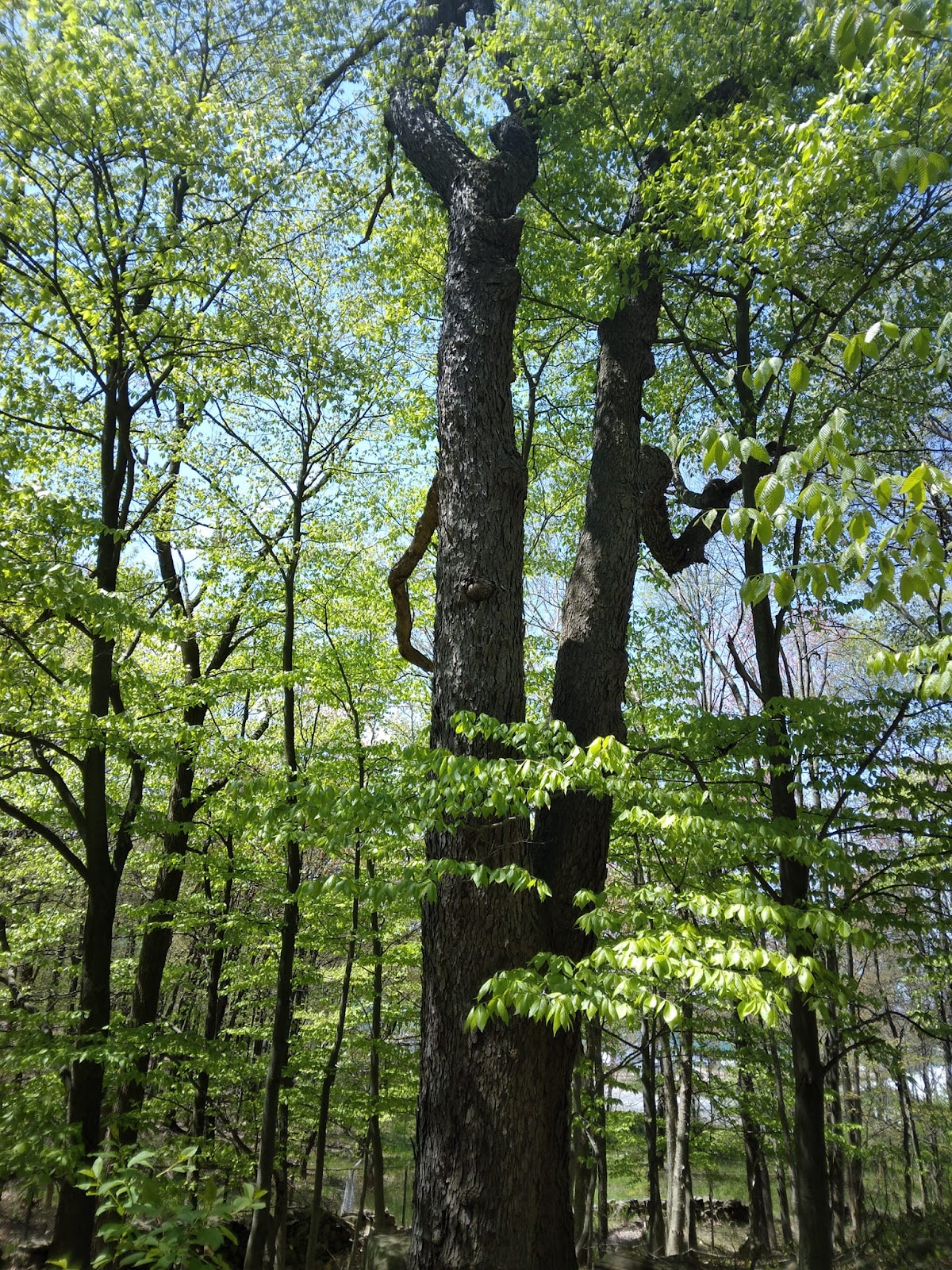 On the way back I stopped in Monticello a second time and visited the remaining ten acres of Mapes farmland that is directly across the street from the old road signs and state vehicles. Half of our property was taken slice by slice in the late fifties, but this slice remains. It is probably the only land left that looks anything like it did originally. I guess you can sometimes go back home. I am sentimental, so I love the fact that the 150-year-old black cherry tree below was a tree that was around during my grandfather’s time many years ago.
On the way back I stopped in Monticello a second time and visited the remaining ten acres of Mapes farmland that is directly across the street from the old road signs and state vehicles. Half of our property was taken slice by slice in the late fifties, but this slice remains. It is probably the only land left that looks anything like it did originally. I guess you can sometimes go back home. I am sentimental, so I love the fact that the 150-year-old black cherry tree below was a tree that was around during my grandfather’s time many years ago.
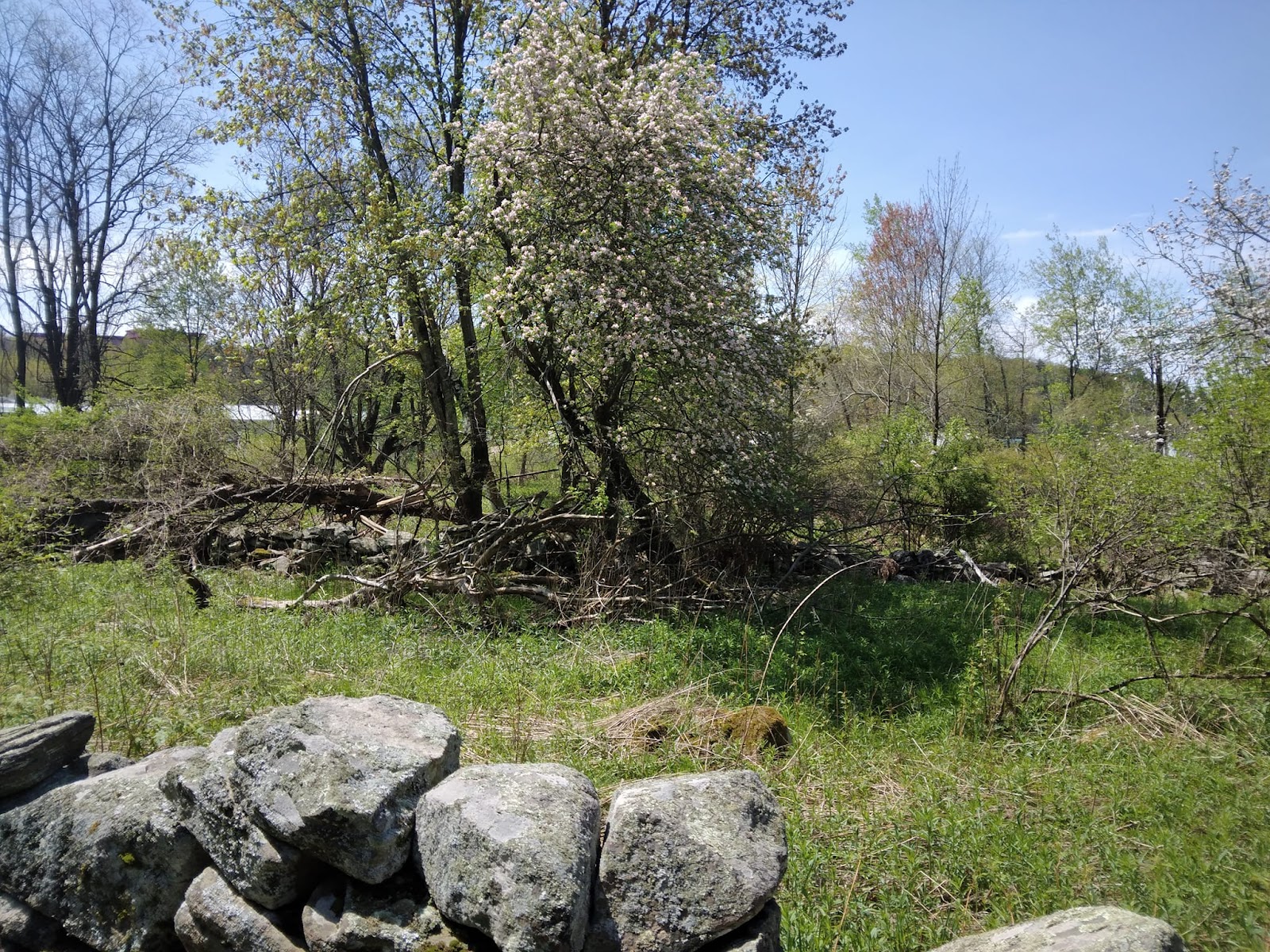 Apple Tree in Bloom on what’s left of pasture.
Apple Tree in Bloom on what’s left of pasture.
Because I couldn’t afford to go to Minnesota this summer, I made myself a tour of waterfalls in the Finger Lakes, leaving out Ithaca’s waterfalls on purpose. The most spectacular set of waterfalls on one of my day trips were those in Letchworth Park, a park that had been written up in the New York Times just prior to my trip as the top state park in the country. It is located between Canandaigua and Rochester, at least it was the way I drove there. Here is a picture of the Upper Falls:
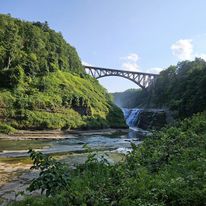
Everyone always asks about Mom. She is fairly healthy for her age (almost 98), but has unfortunately developed macular degeneration. Reading has been her lifeline in recent years. She does still read The NY Times and faithfully contributes to her favorite Democratic candidates. This summer she received a big Cornell Alumni award for her service to Cornell. It was her 70th reunion. It was announced twice and the second time everyone present in Bailey Hall sang to her and she waved to them from the top row like a queen.
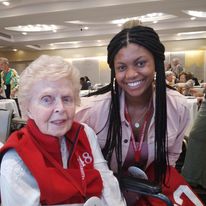
Happy Leap Year and Leap Day to everyone! Be sure to do something special on the 29th.
Love, Kathy
P.S. My best read of 2023 was Demon Copperhead, by Barbara Kingsolver. It is loosely based on David Copperfield, by Charles Dickens, a favorite novel of mine.
Tags: florence, hiking, road-trip, travel




